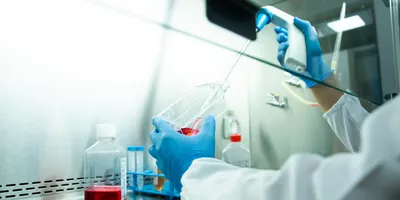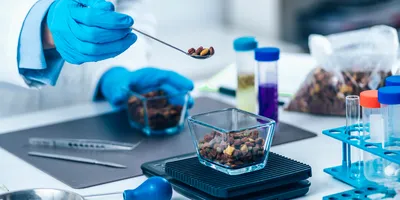All by Houston Methodist Research Institute
Filter by
AllArticlesAudioEbooksEventsInfographicsNewsProductsSurveysDocumentsVideosVirtual EventsWebinars
This single, self-contained medical device will be effective, for example, in quickly detecting liver toxicity

Scientists at the Houston Methodist Research Institute have figured out how to pick up and transfer single cells using a pipette–a common laboratory tool that's been tweaked slightly. They describe this engineering feat and preliminary test results in a recent issue of the Journal of the American Chemical Society.

With a nod to 3rd century Chinese woodblock printing and children's rubber stamp toys, researchers in Houston have developed a way to print living cells onto any surface, in virtually any shape. Unlike recent, similar work using inkjet printing approaches, almost all cells survive the process, scientists report in this week's Proceedings of the National Academy of Sciences.













